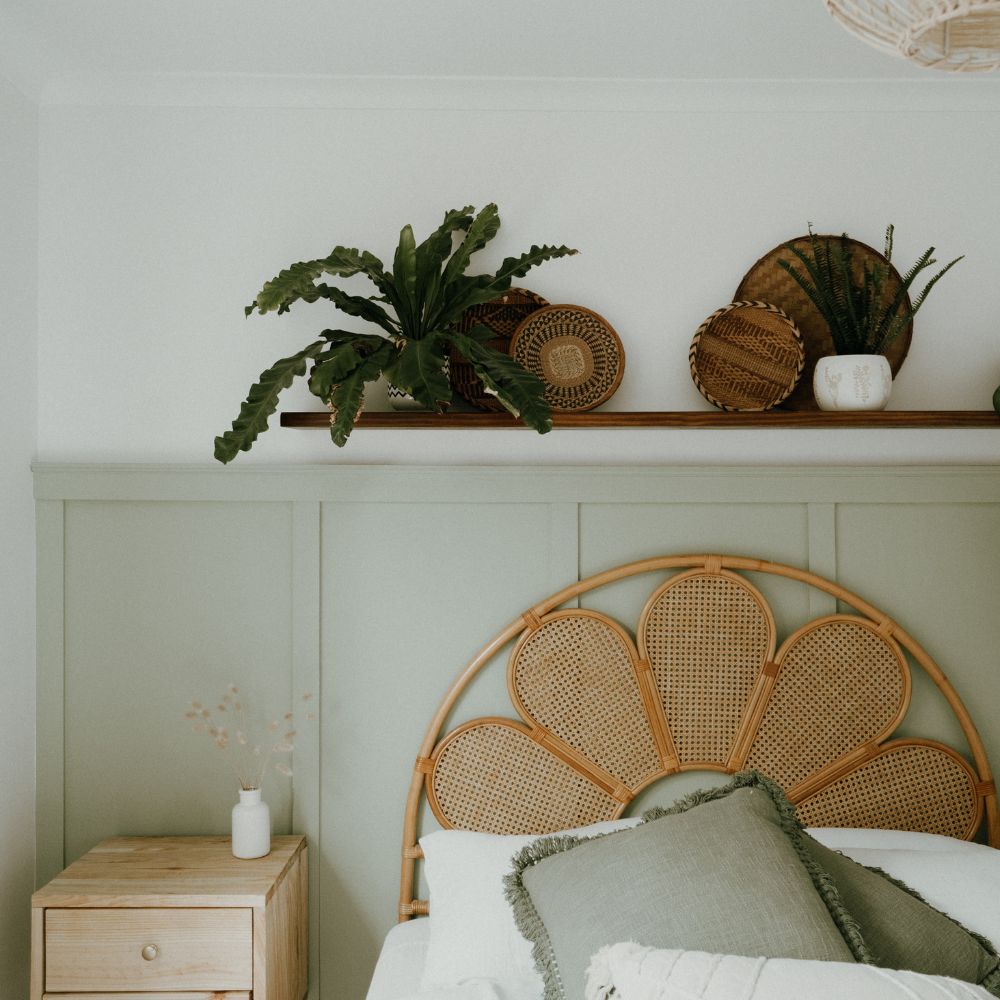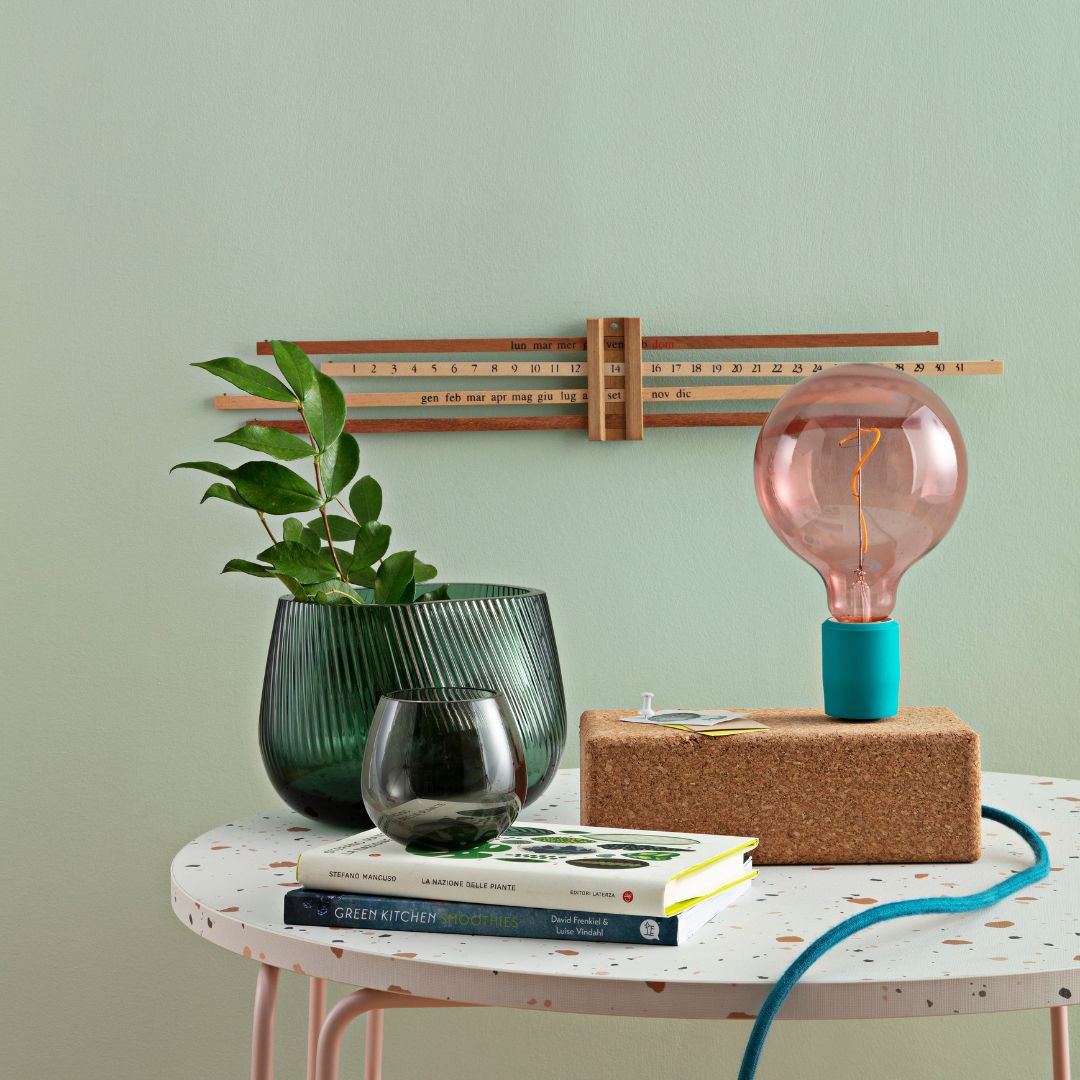When it comes to transforming an interior space with a fresh coat of paint, the importance of proper surface preparation cannot be underestimated. One of the key steps in this preparation is the application of a primer, an often overlooked but crucial element for achieving a professional result. More specifically, the use of a tinted undercoat can play a decisive role in the quality and final appearance of your surface.
A tinted undercoat is, as the name suggests, a base coat that is colored (other than white) and serves as a primer. It differs from a conventional undercoat in its ability to influence the color of the paint shade applied over it. By adjusting the color of the undercoat to match that of the topcoat, coverage and color saturation can be significantly improved, reducing the number of coats required and ensuring a more uniform and durable finish. The coverage of the undercoat is not reduced if the undercoat is colored.
What is a tinted undercoat?
Tinted primer is an innovation in interior painting that combines the properties of a traditional primer with color pigmentation. It's worth noting that tinted primer is often gray. This unique combination offers significant advantages when painting interior surfaces.
Composition and characteristics
A tinted undercoat is primarily composed of resins, solvents (or water for water-based and more natural undercoats), but most importantly, colored pigments. The pigment concentration in these undercoats is generally lower than in topcoats, but high enough to impact the shade of the paint layer applied to the surface. These undercoats serve the same purpose as a conventional undercoat, meaning they are designed to improve paint adhesion, block stains, and ensure a uniform finish, while contributing to the richness of the final color.
Note that it is entirely possible to paint with an undercoat using a roller, brush or spray gun.
Difference with classic undercoats
The main difference between a tinted undercoat and a conventional undercoat is the addition of pigment, which ensures the undercoat is colored. While traditional undercoats are usually white or a neutral color, tinted undercoats are specifically formulated to match the shade of the topcoat paint that will be used on your walls. This feature allows for better coverage with fewer coats of topcoat paint, especially when using bright or dark colors on your substrate. Additionally, for drastic color changes (e.g., going from a dark color to a light one), using a tinted undercoat can significantly reduce the number of coats needed for complete coverage, saving time and resources.
What are the advantages of using a tinted undercoat?
Using tinted undercoats offers several advantages, including saving paint on the surface, which is beneficial in terms of color uniformity. These benefits make tinted undercoats a wise choice for many interior painting projects.
Paint saving
One of the main advantages of using a tinted undercoat is the savings in paint required on the substrate. By matching the color of the topcoat, the tinted undercoat reduces the number of coats of paint needed to achieve the desired shade. This is especially true for darker or brighter colors, which typically require multiple coats to achieve a uniform, rich finish. Reducing the number of topcoats required results in significant savings in both cost and time.
Color uniformity
Another major benefit of tinted undercoat is that it contributes to the uniformity of the final color. By providing a base that closely matches the color of the topcoat, it helps minimize shade variations, especially when the surface to be painted is uneven or not in very good condition. This ensures that the finished color applied is faithful to what is expected, without surprises or disappointments due to a poor substrate.
A thinner paint film
Finally, using tinted undercoats reduces the amount of paint needed to achieve optimal results. This reduced paint requirement means faster drying time on the surface, which speeds up the overall painting process. Additionally, fewer coats also mean a reduction in the overall thickness of paint on the surface, which can benefit the texture and final appearance of the painted wall or ceiling.








